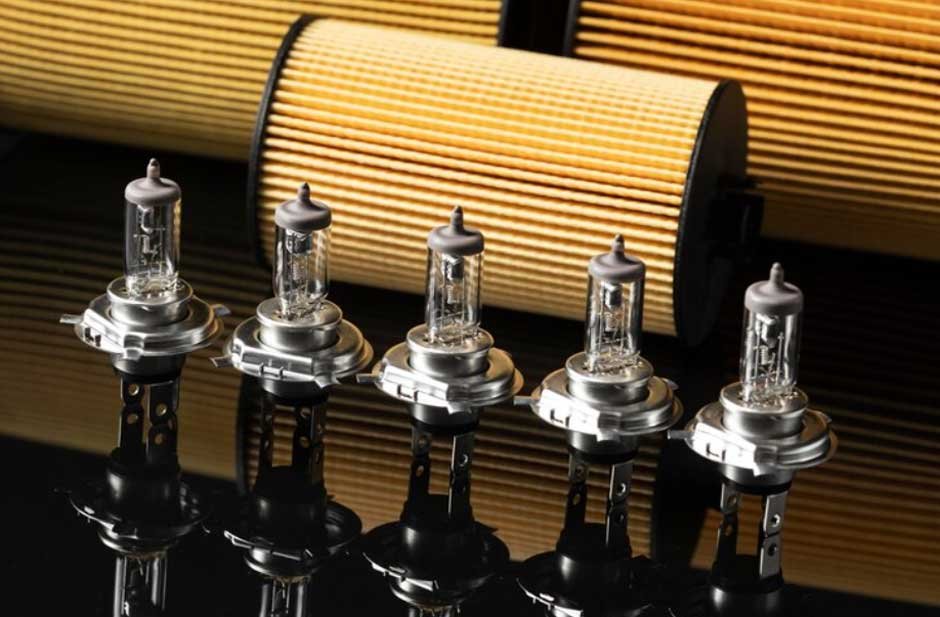For best engine performance, fuel economy, and emissions regulation, keeping clean fuel injectors is essential. Injectors can get clogged with carbon deposits and varnish over time, which causes erratic idling, sluggish acceleration, and more fuel consumption. Many do-it-yourself techniques can efficiently restore injector performance without pricey garage visits, even if professional cleaning companies are available. Reconditioned fuel injectors give an affordable replacement option for seriously damaged units. Eight affordable techniques for cleaning and unblocking fuel injectors at home are presented in this guide, therefore helping drivers preserve the performance of their car while perhaps saving hundreds in maintenance charges.
Utilise a High-Quality Fuel Injector Cleaner
When you fuel your automobile, include a well-known gasoline injector cleaner. As these specifically made compounds travel through the injectors, they break down deposits. Best results come from cleaners featuring polyether amine (PEA) or polyisobutylene amine (PIBA). Strictly follow the dosage guidelines for the product. You might need several treatments for really clogged injectors. Preventive maintenance is best for this technique, which progresses slowly under regular driving. Stay away from inexpensive cleaners that could harm fuel system parts.
Carry Out a Manual Cleaning Removal
For a thorough cleaning, remove injectors from the engine. First, depressurise the system and disconnect the fuel pump relay. Soak injectors in a specific cleaning solution for several hours. Gently remove resistant deposits from the nozzle using a soft brush. A 9-volt battery can pulse the injector while it is being cleaned. This hands-on approach offers the most complete cleaning but calls for mechanical confidence. Always replace O-rings when reinstalling injectors to avoid leaks.
Construct a Homemade Cleaning Solution
As a useful do-it-yourself cleanser, combine equal quantities of acetone with automatic transmission oil. Soaking injectors for 46 hours, then rinsing with clean petrol, this combination serves as a potent solvent for carbon deposits. Otherwise, for lighter cleaning, use a vinegar and baking soda solution. Though maybe not as well as store-bought goods, these homemade remedies could be economical. After using strong solvents, always give injectors a good rinse to avoid residue buildup.
Use of an Ultrasonic Cleaner
At home, ultrasonic cleaners offer professional-grade results. Submerge injectors in a cleaning solution and operate the machine for 15 to 30 minutes. The high-frequency sound waves produce tiny bubbles that erase even difficult stains. Especially effective for highly blocked injectors is this method. Make certain the cleaning solution is suitable for injector materials. To get rid of any loosened debris, flush injectors with compressed air following cleaning. When properly executed, ultrasonic cleaning returns injectors to near-new condition.
Give the Sea Foam Treatment a Shot
Mechanics frequently use Sea Foam Motor Treatment as a favourite injector cleaner. Follow the package instructions to add it to your fuel tank. For major obstructions, inject Sea Foam straight into the fuel rail through a vacuum line. This shock treatment may swiftly disintegrate solid deposits. During this process, the engine may smoke briefly; this is usual. Sea Foam also lubricates injectors and stabilises gasoline. For mild to moderate blockages, this strategy is quite effective.
Create a do-it-yourself Injector Cleaning Kit
Use a pressure gauge, cleaning solution, and fuel line to build a cleaning kit. Connect this to the fuel rail to circulate cleaner right through the injectors. For more intensive cleaning, this bypasses the fuel tank. Utilise an external 12V power source to pulse the injectors throughout cleaning. Pay close attention to pressure to prevent damage. At a tenth of the price, this approach yields results comparable to those of professional cleaning equipment. Using this technique should always be in a well-ventilated area.
Install Preventive Maintenance
Use top-tier fuel with excellent detergents to prevent future clogs. Change fuel filters according to your car’s schedule. Avoid letting your tank run very low, which can draw in sediment. Keep your car in storage with a good fuel stabiliser. Prevent expensive repairs and keep clean injectors using these habits. Think of using a cleaner additive every 3,0005,000 miles as part of preventative maintenance. Good fuel system care lengthens the lifespan of all parts.
Test Injector Performance
After cleaning, check the injector function before reinstalling. Check the injector resistance with a multimeter against specs. Pulse for distinct clicking when holding the injector. Inspect the spray pattern by running the injector into an open receptacle. Even a conical spray indicates everything is functioning correctly. Replace those injectors that fail these tests. Correct testing confirms your cleaning to be effective and prevents engine issues.
Conclusion
Regular maintenance of fuel injectors maintains engine performance and fuel efficiency. Although the above procedures can clean most plugging problems, highly degraded injectors will need to be replaced with fuel injectors. Regular cleaning, in addition to proper fuel practices, enables drivers to prevent most injector problems. Remember, prevention is cheaper than repair. Dealing with early small problems avoids expensive repairs later. Whether using simple additives or more involved cleaning techniques, clean injectors are an investment in your automobile’s long-term health and performance, well worth it.
